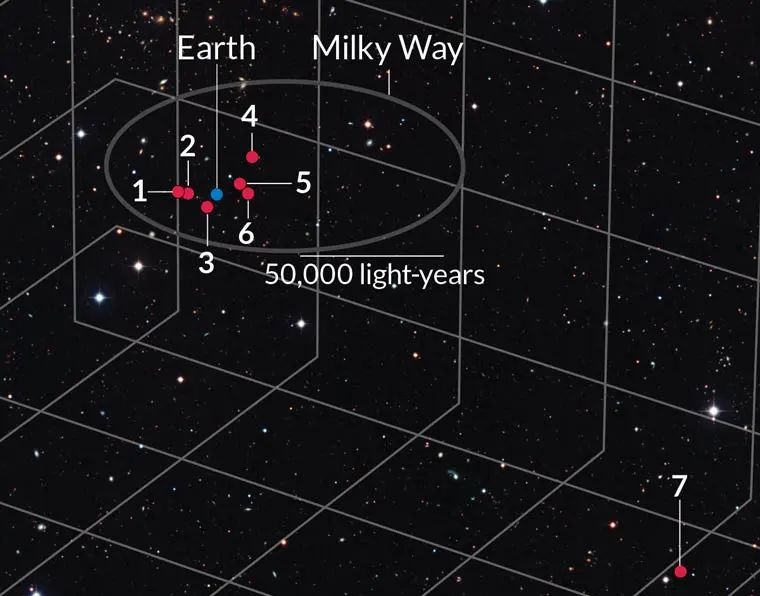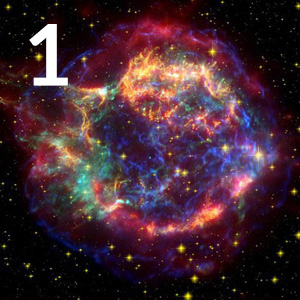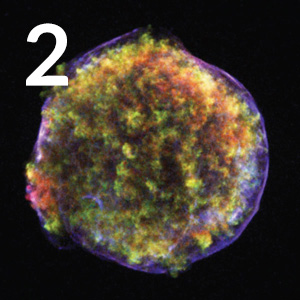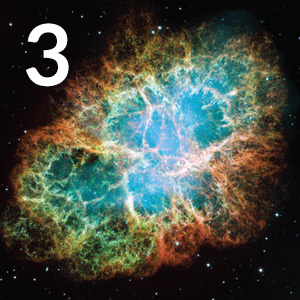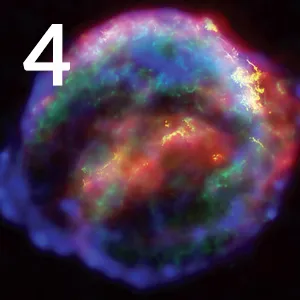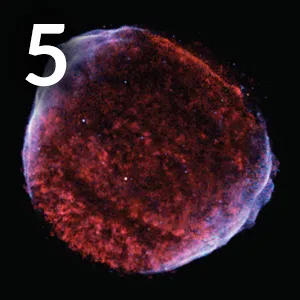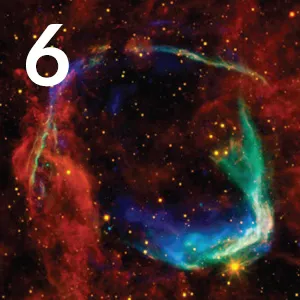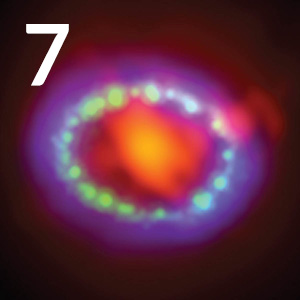Observers caught these stars going supernova
Massive stellar explosions created these luminous, expanding shells of gas and dust
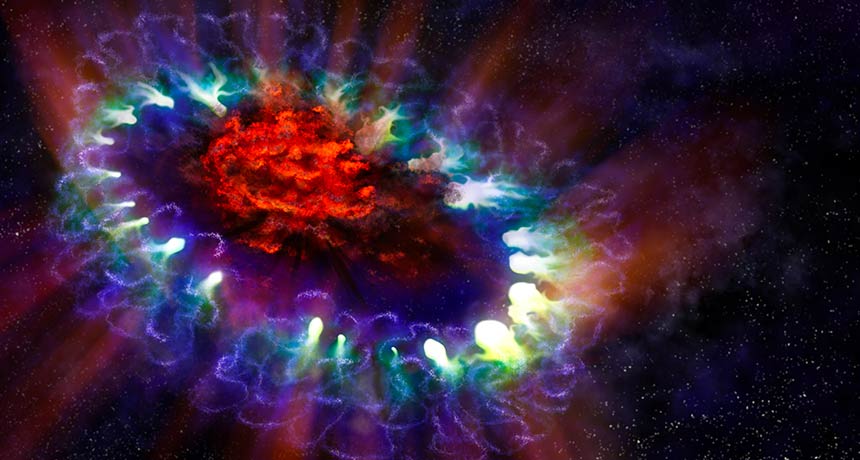
STELLAR SHREDS Thirty years ago, astronomers witnessed a nearby stellar explosion (illustrated above), but it wasn’t the first. Humanity has been recording local supernovas for nearly two millennia.
ALMA (ESO, NAOJ, NRAO), Alexandra Angelich (NRAO, AUI, NSF)
